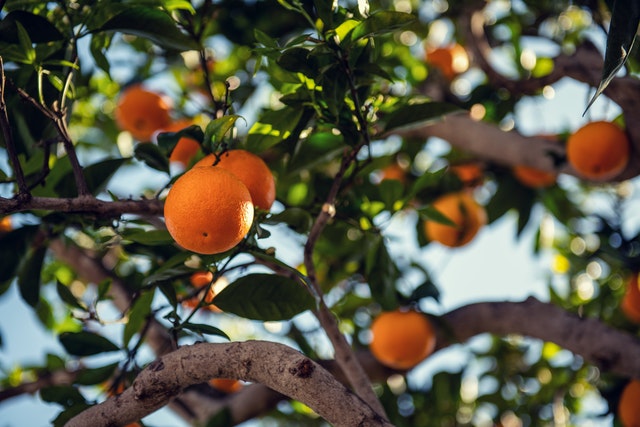I’ve said in a past post to always plan your meals for the week with your schedule in mind. That being said, some days get away from us and we need dinner now if we’re going to avoid going out to eat. That’s okay, life happens. So here are my tips for making healthy meals at home even when things aren’t going according to plan.
Continue reading Weeknight Dinner MealsMonth: June 2022
Summer 2022 Book Recommendations
Educating ourselves on environmental topics is an important step in solidifying our reasoning and encouraging our actions. I’ve put together a list of 5 books I’ve read recently and enjoyed immensely; these books have a hopeful outlook, a variety of focuses, and many actionable components. This list is in no way complete and will be part of a series I make as I read and learn more about the climate crisis and our planet.
Continue reading Summer 2022 Book RecommendationsThere’s No One Answer
I wish living sustainably was as simple as going vegan or choosing package free products. There is just more to it than that. Organic vs conventional. Local vs imported. Natural materials vs synthetics.
Continue reading There’s No One AnswerUsing Dried Beans
I love beans. They’re so versatile, inexpensive, and satisfying. I cook up a large batch of dried beans several times per month and use those beans as the base of many meals. Even if I haven’t thought through a full meal plan, I know that I’ll be satisfied with something as simple as some black or pinto beans and cashew cheese on a tortilla or masa cake.
Continue reading Using Dried BeansMaking Space for Growth
I spent the morning thinning our apple tree. I was surprised at how contemplative the process made me. It felt so wrong to take off the majority of the tiny growing apples, but I’ve read that the growth of each apple will be minimal if the tree is left overwhelmed by the fruit on its branches. I know this to be true of our apple tree, and so thin I did. In doing this process, I was lost in thought at how imposed space is essential for all living things to truly flourish.
Continue reading Making Space for GrowthReducing Food Waste (Community Activism)
In addition to the environmental damage occurring from food being wasted, there is also a humanitarian crisis happening around food. In the US alone, 38 million people struggle with food insecurity. 30-40% of food is thrown away while nearby community members go hungry.
We can do better.
Continue reading Reducing Food Waste (Community Activism)Reducing Food Waste (After Purchasing)
When we waste less food, we need less of it per person to sustain us. In reducing the amount of food each person requires we can reduce the land area needed to grow food, and we can potentially let that space go wild once more. We can dedicate more space to its natural and historic purpose, resulting in less flooding, buffer zones that can help reduce the impact of natural disasters, and more green space for local and migratory animals. This causes land to be more resilient to changing weather, and more capable of capturing carbon, an essential element in reducing the effects of climate change.
Continue reading Reducing Food Waste (After Purchasing)Reducing Food Waste (Planning and Purchasing)
Food waste is an issue that must be addressed to help combat climate change. It is estimated that 33% of food intended for human consumption is wasted in the US, most of which goes to the landfill. Once in the landfill, this food cannot break down properly and thus produces methane, a greenhouse gas far more potent than carbon dioxide. The US Environmental Protection Agency estimates that food waste in America produces the greenhouse gas equivalent of 42 coal-fired power plants, or 170 million metric tons of carbon dioxide equivalent. Yikes.
Continue reading Reducing Food Waste (Planning and Purchasing)






